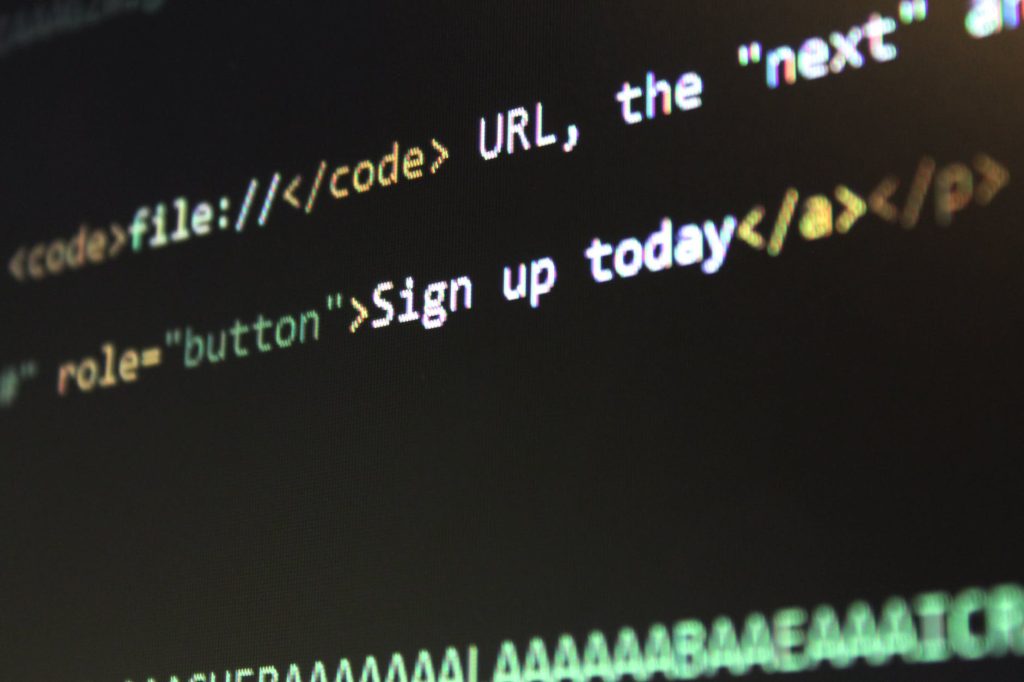The rise of remote work has revolutionized the way we do business, providing flexibility and freedom for employees while reducing overhead costs for employers. However, with this newfound freedom comes the need for robust security measures to protect sensitive data and ensure the integrity of a connected workspace. In this article, we will discuss best practices for ensuring security in remote work environments.
Implementing a strong and reliable VPN (Virtual Private Network) is crucial for remote work security. A VPN creates a secure, encrypted connection between a remote employee’s device and the company’s network, preventing unauthorized access and potential data breaches. It’s essential for all remote employees to use a VPN whenever they access company systems or data.
Using multi-factor authentication (MFA) adds an extra layer of security to remote work environments. MFA requires remote employees to provide two or more forms of verification before gaining access to company systems or data. This can include a combination of passwords, security tokens, or biometric verification. By implementing MFA, companies can significantly reduce the risk of unauthorized access to sensitive information.
Regularly updating and patching software and systems is vital for remote work security. Outdated software and systems are more vulnerable to cyber-attacks and data breaches. Remote employees should be reminded to keep their devices and software up to date to ensure the security of the connected workspace.
Educating remote employees about cybersecurity best practices is an essential aspect of ensuring security in a remote work environment. Employees should be trained on how to identify and respond to potential security threats such as phishing emails, social engineering tactics, and malware. By raising awareness about cybersecurity, companies can empower their remote workforce to be proactive in protecting sensitive data.
Implementing strict access controls and permissions for remote employees is crucial for maintaining a secure connected workspace. Not all employees require access to all company data, and by limiting access based on job roles and responsibilities, companies can minimize the risk of unauthorized data exposure.
Regular security audits and risk assessments should be conducted to identify and address potential vulnerabilities in remote work environments. By regularly reviewing security protocols and conducting risk assessments, companies can proactively identify and mitigate security risks, ensuring the integrity of a connected workspace.
In conclusion, ensuring security in remote work environments is essential for maintaining a connected workspace. By implementing best practices such as using a reliable VPN, implementing multi-factor authentication, updating software and systems, educating employees about cybersecurity, and conducting regular security audits, companies can create a secure and productive remote work environment. With the right security measures in place, remote work can continue to thrive while maintaining the integrity of sensitive data and information.


